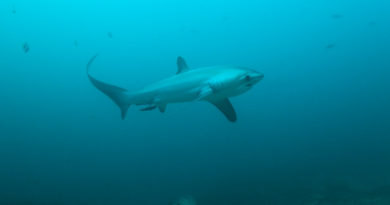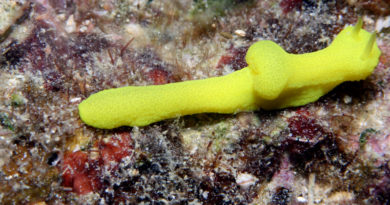Nelson Bay!
Last weekend I had the pleasure of diving the biodiverse waters of Nelson Bay, NSW, Australia. What a place! This is not a site usually praised in online scuba forums and glossy travel agency ads, but it’s well known among divers on the Aussie east coast, and for a good reason: there is lots of stuff to see. This must be the most biodiverse place I have seen off the whole coast of New South Wales (the state of Australia which Sydney is in). It took me 3 hours by car to get there, and then I did 4 very long dives (some at 100+ minutes) at sites called “Fly Point”, “The Pipeline” and “Little Beach”, all just outside of the village of Nelson Bay.
The Bay is unusual in that it is a long body of water with a relatively narrow entry facing roughly north-east. This means that the tropical currents coming from the tropics (like on all continental east coasts, due to the rotation direction of the earth) will be trapped in Nelson Bay, and with them a plethora (what a nice word!) of marine animals’ larvae. The larvae develop into adult fish, mollusks, crustaceans, and others, and as divers we can then admire rich a fauna with mixed tropical and temperate water elements. Also, the Bay is nicely protected from the sometimes quite significant forces of the southern hemisphere Pacific Ocean. While Bondi Beach in Sydney is plastered a few times per year by scary 2+ m waves, no such regular perturbances exist in Nelson Bay. As a consequence, the terrestrial vegetation grows much closer to the shoreline, giving the Bay the appearance of a lake. The typically calm waters also led to very good conditions underwater, and rich macro-life (organisms < ~10 cm) exists there. Many of these small animals would be swept away in rougher conditions; physical conditions are well known to determine the absence or presence of small marine animals at a site. There are strong tidal forces, but certainly rarely crushing waves I would think.
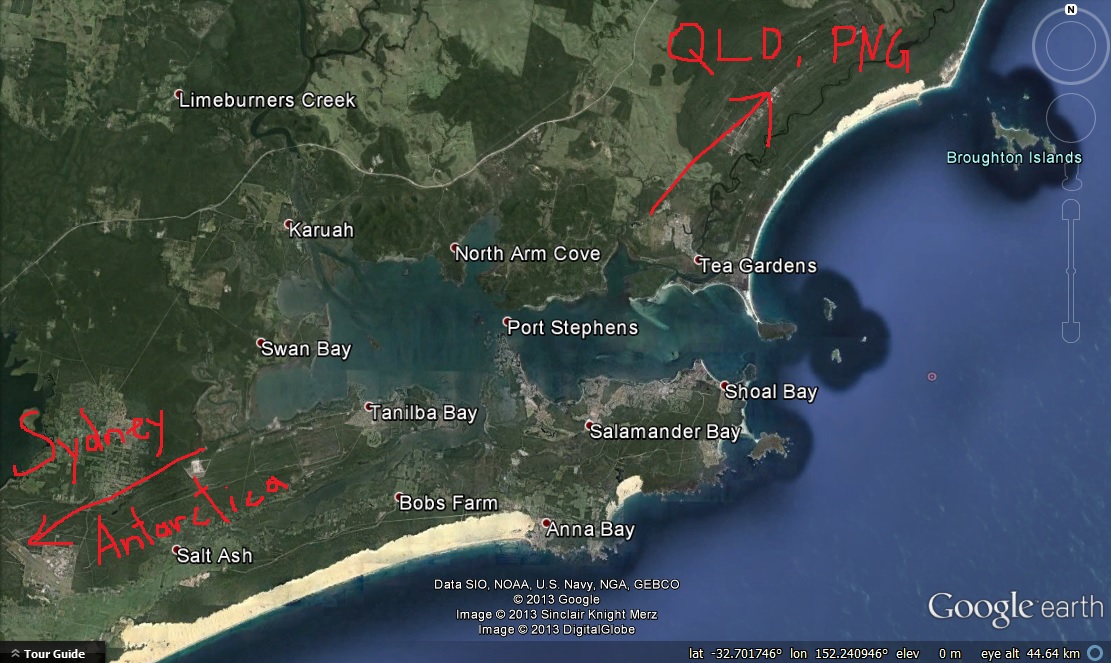
All the dive sites we hit started out with a sandy part in the very shallow water, followed by two successively longer species of seagrass. Then came a zone with low-growing kelp (similar broad leafs, but not to be confused with the giant kelp in California). Below that, at ~ 6 m, we found a region with ample rock bommies covered in rich invertebrate overgrowth: sponges, tunicates, anemones, corals (some nice sea fans) and some algae as well. These bommies were where the “beef” was: a rich variety of miniature size marine animals. Two things stood out: a rich mollusc fauna, and a whole brigade of decorator crabs. These crabs surely display one of the most fascinating adaptations for remaining well-hidden: they place pieces of sponge on their carpace, which then starts to overgrow the small crustacean. Sometimes, they add anemones and algae to their personal decoration as well. In Nelson Bay, the decorators were especially flamboyantly decorated, with yellow or orange sponges often matching those on the bommmie they sat on. And while decorator crabs are relatively rare in other places, there were so many of them in Nelson Bay!

Then, the many, many nudibranchs were another great attraction in Nelson Bay. I saw at least 10 different species, with many individuals of each species. A few species I had never seen before. Some of these nudis were involved in mating, others climbing up the multi-colored sponges and tuncates in their environment.
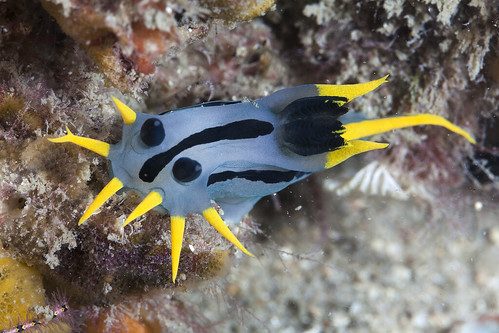
Add to that ichtyological (ha, I know words which the spell check does not even know) specialties like the dwarf wobbegong (Orectolobus ornatus), which supposedly occurs along the whole east coast of Oz, but which I had seen for the first time in Nelson Bay, and the place is quite a top dive spot. All my pictures from the trip are here.
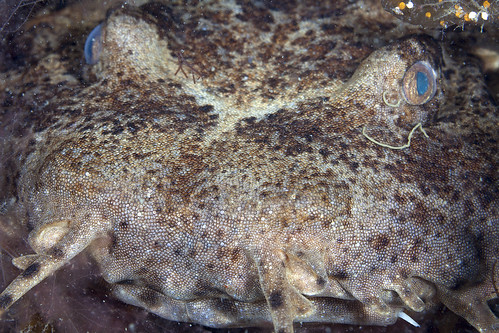
You can only dive most sites at high tide, talk to the local dive shop for info on the conditions, they even have free tidal charts in their shop.
Yep. /Austrian accent on/ I will be baaack /Austrian accent off/ to Nelson Bay for more dives.
